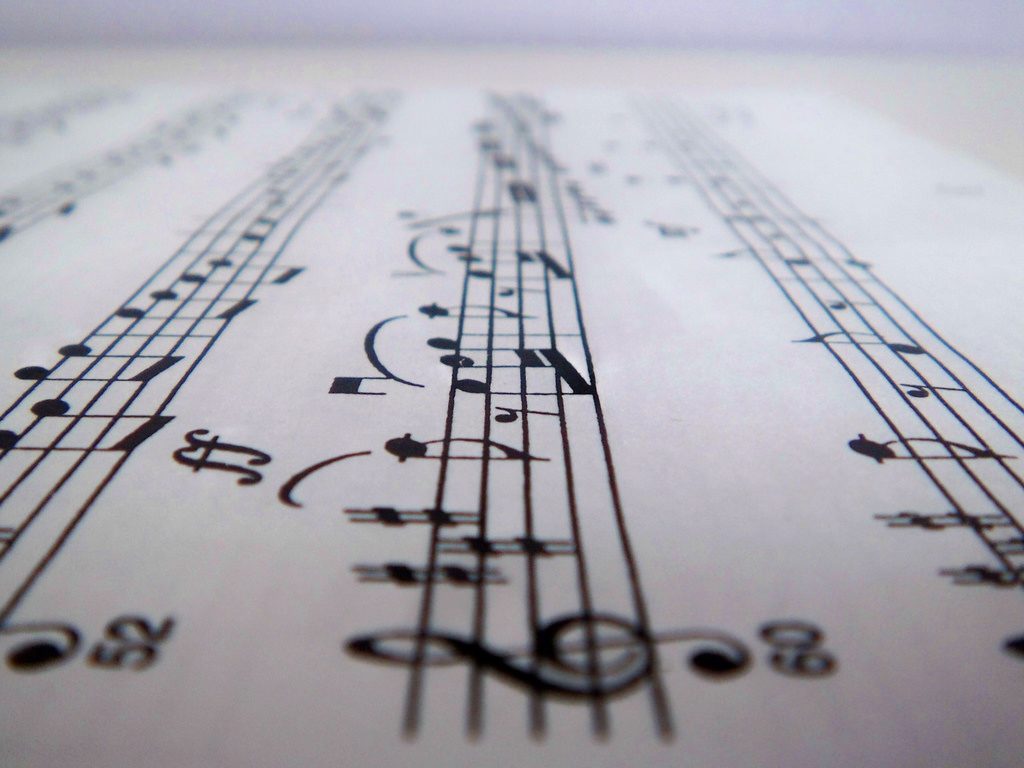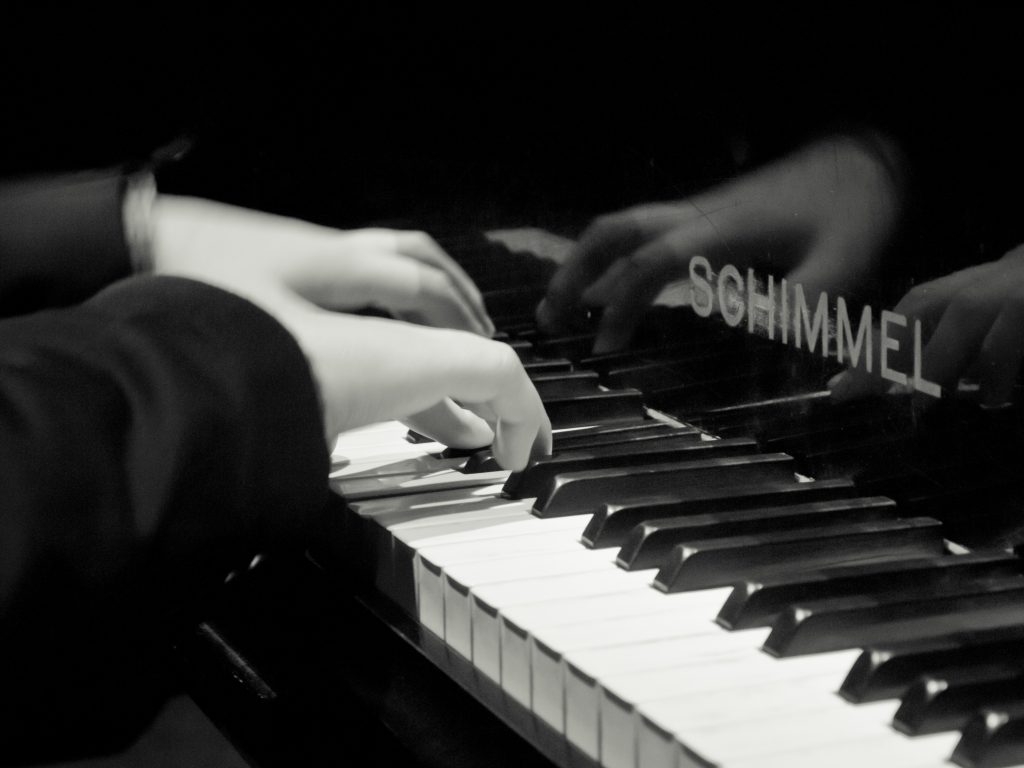Have you had a chance to check out the new tracks I am offering and the modules each contains? If not, here’s a link to the page. Over the next few posts, I’m going to take each one of the new tracks and explain to you how they will make you a better pianist.
Let’s concentrate on the Chords Track for now.
You will learn to play pop, rock, and jazz tunes by reading a chord chart with chord symbols.
For those of you who don’t have a musical background, classical pianists learn to read music note for note. This is a great skill which enables a person to be able to play many different styles of music exactly how the composer wanted it to sound.
 Most of the music we now hear on the radio or in a church is not written this way. Instead, it’s written with chord symbols. Simply speaking, instead of a staff showing the notes G, B, D, F, it is symbolized by writing G7. This musical shorthand is a great way of playing songs of this style and it also makes it easier to play things by ear.
Most of the music we now hear on the radio or in a church is not written this way. Instead, it’s written with chord symbols. Simply speaking, instead of a staff showing the notes G, B, D, F, it is symbolized by writing G7. This musical shorthand is a great way of playing songs of this style and it also makes it easier to play things by ear.
Unfortunately, some of the greatest pianists do not know how to read chords. It’s not because they aren’t smart. They’ve just never had to do it before. Our culture is quickly changing and the pianist who can read notes and chord symbols will be adequately prepared to play anything.
You will learn to transpose and play by number using the Nashville Numbering System.
For anyone who has played the piano for a number of years, it’s not too unusual for someone to ask you to accompany them as they sing for a special event. Almost always, the song they want to sing is not in the right key for their voice. Most singers don’t understand music well enough to transpose the song.
A pianist who knows how to play by number can transpose a song in a matter of minutes. I’ve already written pretty extensively on the Nashville Numbering System (NNS) and you can read about it here. The NNS not only helps with transposition, it also provides a simple way of communicating chord progressions to other chord playing instrumentalists such as guitarists.
You will learn to color chords and play advanced chord substitutions which makes your playing sound awesome!
 When it comes to learning to read chord symbols, most pianists who learn chords learn the simple chords. There’s nothing wrong with this except that they are missing out on so many awesome sounding chords! By learning extended chords (9, 11, 13, aug, dim), piano players open themselves up to a whole new world of possibilities.
When it comes to learning to read chord symbols, most pianists who learn chords learn the simple chords. There’s nothing wrong with this except that they are missing out on so many awesome sounding chords! By learning extended chords (9, 11, 13, aug, dim), piano players open themselves up to a whole new world of possibilities.
Learning chord substitutions has the same effect. Instead of playing 2 chords, a person who knows a few extra substitution chords can make it sound fancy and cool.
All in all, learning how to play chords transforms playing the piano. As a musician, it’s a whole new toolbox with just about all the tools you need to get the job done. Adding the Chords track to your piano studies is a great option. I sure wish someone would have given me that opportunity!
Subscribe to Reynolds Piano and like us below!
Check out some of our recent posts!
Announcing 4 New and Unique Learning Tracks For You


